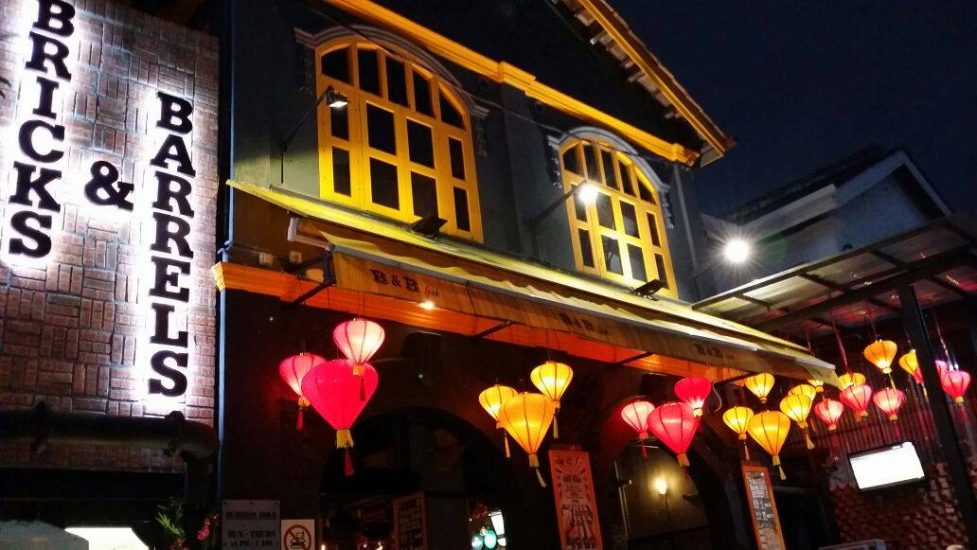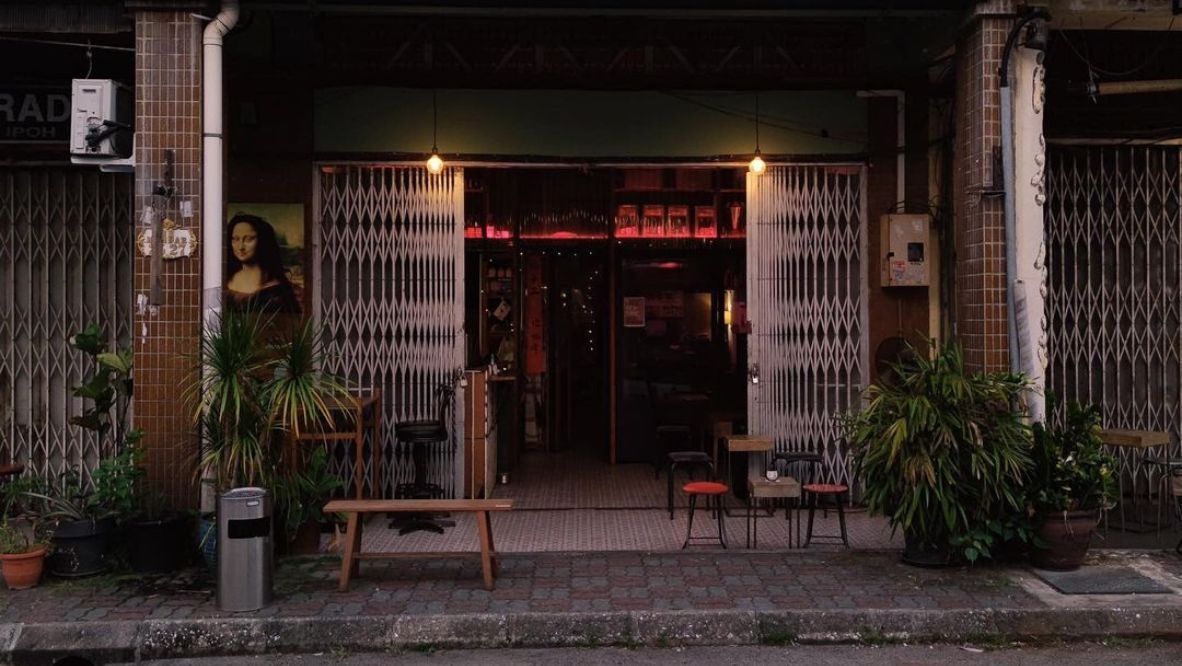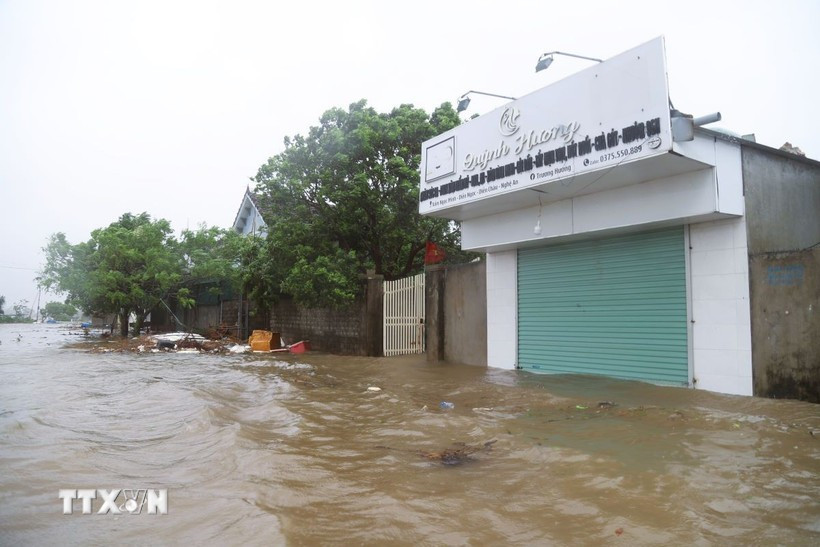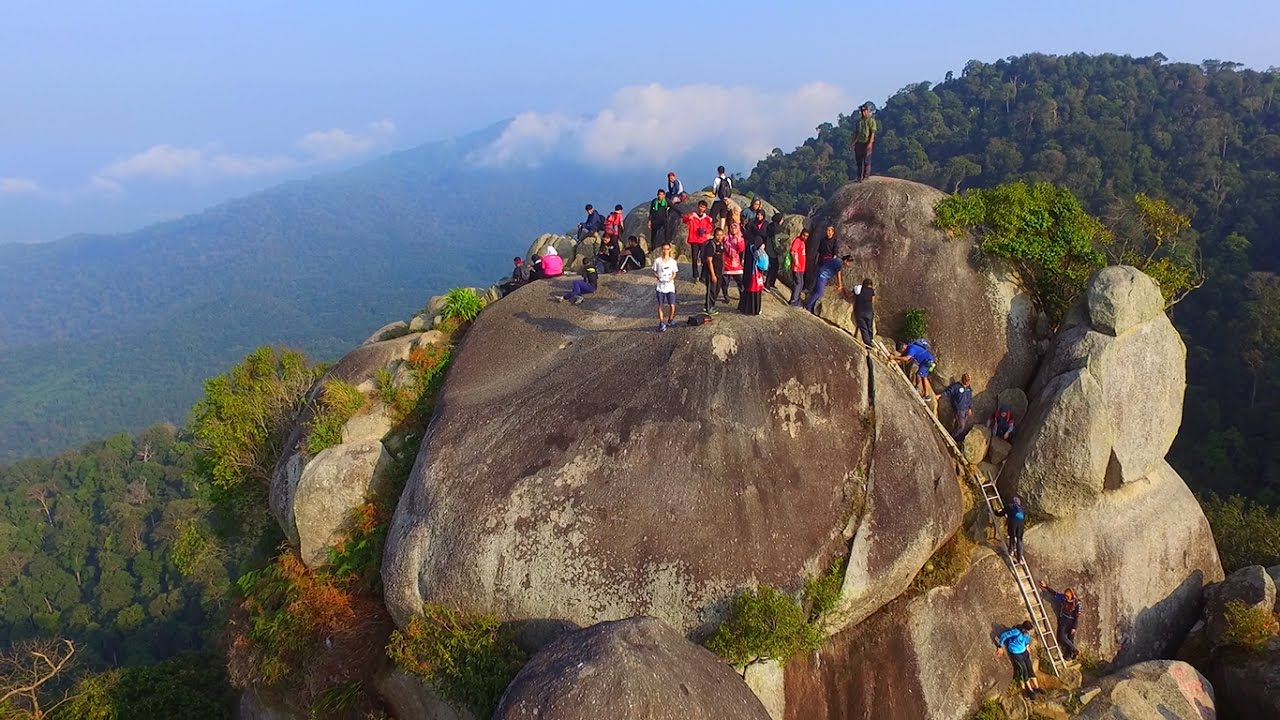Stay up to date with the latest in the travel and hospitality industry, from airline launches and route expansions to new trends and transportation developments shaping the way we explore the world.
This is the September 2025 edition of Airline and Travel News.
BATIK AIR RELAUNCHES OSAKA FLIGHTS WITH ITS A330-300 FLEET

From December 15, Malaysian carrier Batik Air will relaunch nonstop flights between its Kuala Lumpur base and Osaka’s Kansai airport with its widebody Airbus A330-300 aircraft.
The comeback marks Batik Air’s renewed commitment to Japan following the suspension of its previous Kuala Lumpur – Osaka connection via Taipei in December 2024, which was operated with the regional Boeing 737 fleet.
Now, with the deployment of the widebody A330-300, travellers can enjoy a superior long-haul experience with 12 angled-flat business class seats and 365 economy class seats. The service will operate three times weekly.
“Japan continues to be a dream destination for many Malaysians, and Osaka holds a unique charm with its rich history, vibrant urban culture, and extraordinary food scene. By reintroducing this route on the A330, we are not only reconnecting two dynamic cities but also elevating the journey with added comfort and convenience,” said Batik Air CEO, Chandran Rama Muthy.
“Alongside our existing daily Kuala Lumpur–Tokyo (Narita) flights, travellers now have more flexibility, flying into Osaka and returning from Tokyo, or vice versa—both with direct connections to Kuala Lumpur. With the introduction of the larger Airbus A330, we look forward to welcoming even more travellers in the years ahead,” he added.
Batik Air’s fleet includes six widebody A330-300 aircraft and 46 Boeing 737-800 and Max 8 aircraft. With a network of 1,400 weekly flights, Batik Air offers connections to more than 60 destinations across 20 countries.
For details, visit batikair.com.my.
HYATT REGENCY RETURNS TO KUALA LUMPUR WITH LATEST OPENING AT KL MIDTOWN

The Hyatt Regency brand has returned to Malaysia’s capital with the debut of Hyatt Regency Kuala Lumpur at KL Midtown (feature photo), which officially opened on August 26 with a fantastic gala ribbon-cutting event. Located between Dutamas and Mont Kiara, which the developers have seemingly named “KL Midtown,” the new hotel anchors one of the city’s most prestigious addresses, offering seamless access to business hubs, shopping, cultural landmarks, and the Malaysia International Trade and Exhibition Centre (MITEC). The opening marks the third Hyatt property debuting in Kuala Lumpur in less than a year, following the opening of Hyatt Centric and Park Hyatt, the latter atop the landmark Merdeka 118 tower.
The extraordinary development is led by KL Midtown Sdn Bhd, a partnership between Hap Seng Land Sdn Bhd (Hap Seng Consolidated Bhd) and TTDI KL Metropolis Sdn Bhd (Naza TTDI Sdn Bhd). Designed by acclaimed Japanese architect Kengo Kuma, the property blends natural materials with modern sophistication, creating a serene yet contemporary atmosphere. General Manager Till Martin said the new hotel is set to “redefine urban hospitality through exceptional design, thoughtful amenities, and an unparalleled location.”

The hotel features 410 keys, comprising 306 guestrooms and suites alongside 104 fully serviced residences. Options range from Regency Club Rooms and Diplomatic Suites to extended-stay apartments with private lobbies, full kitchens, and dedicated guest services. Guests booking Regency Club access can enjoy breakfast, refreshments, and evening cocktails in a dedicated lounge space.
Food and drink take centre stage with four distinct dining venues. Midtown Brasserie delivers all-day dining, while Midtown Lounge elevates afternoon tea. China House, led by three master chefs, celebrates regional Chinese cuisine with dishes such as wood-fired Peking Duck roasted over rambutan wood. Meanwhile, ENSŌ Izakaya & Bar offers Edomae sushi, sashimi air-flown from Tokyo, and one of Kuala Lumpur’s largest sake selections, transforming into a lively cocktail bar and nightlife venue after dark.
For business and events, the hotel offers 16 flexible function rooms, including a pillarless ballroom and a zen-inspired outdoor courtyard. Leisure facilities include two infinity pools, a dedicated Kidz Club, a 24-hour Core Fitness Center, and a private residents’ lounge.
With its strategic location, design pedigree, and wide-ranging facilities, Hyatt Regency Kuala Lumpur at KL Midtown positions itself as a premier new destination for business and leisure alike.
To learn more or to book your stay, visit hyattregencyklmidtown.com.
LANGKAWI UNVEILS SPECIAL DEALS TO BOOST TOURISM AHEAD OF VISIT MALAYSIA YEAR 2026

The Langkawi Development Authority (LADA) and Malaysia Aviation Group (MAG) have launched the ‘Naturally Langkawi Special Deals 2025’ campaign, offering travellers discounts of up to 70 percent from October 1 to December 31.
Deputy Finance Minister Lim Hui Ying said the initiative is strategically timed to draw visitors during off-peak months while building momentum ahead of Visit Malaysia Year 2026. The campaign spans hotels, attractions, transport, dining, shopping, and duty-free outlets.
“Langkawi consistently records 3 to 3.2 million tourists annually, generating more than RM7 billion in economic impact,” Lim noted. “With this campaign, we aim for a 15 to 20 percent rise in visitor arrivals, which could bring an additional RM150 million into the local economy.”
LADA tourism division manager Dr Azmil Munif Mohd Bukhari said the island typically receives 150,000 tourists monthly, with this year’s target set at 3.5 million visitors and RM8 billion in revenue. By July 2025, Langkawi had already welcomed 1.7 million tourists, just over half the year’s goal.
“We want Langkawi to be livelier, especially with Visit Kedah Year 2025 and as we gear up for Visit Malaysia Year 2026,” Azmil Munif added.
To mark the launch, LADA and MAG signed a Memorandum of Understanding, with MHholidays rolling out exclusive flight and hotel packages.
Established in 1990, LADA operates under the Finance Ministry and plays a central role in developing Langkawi as a world-class tourist destination.
Visit holidays.malaysiaairlines.com for more information and current deals.
CHINA AIRLINES ANNOUNCES PARTNERSHIP WITH SOUTHWEST AIRLINES

Taiwanese carrier China Airlines (CAL) has announced the launch of its new collaboration with Southwest Airlines in the United States to establish a transpacific transfer network.
Interline tickets are now on sale, offering travellers seamless connections to more than 100 cities across the United States starting January 2026.
On August 20, China Airlines president Kevin Chen and Southwest Airlines vice chairman of the board, president and CEO Bob Jordan signed a memorandum of understanding at Southwest Airlines’ headquarters in Dallas to strengthen and expand cooperation between the airlines.
CAL says the MoU will serve as a blueprint for future collaborations on frequent flyer mileage and points accrual, code-sharing, and co-branding that will generate new synergies.
China Airlines offers nonstop flights to five US gateways, comprising Los Angeles, Ontario, San Francisco, Seattle, and most recently, Phoenix (starting on December 3). From these cities, transpacific travellers can catch connecting Southwest Airlines flights to Chicago, Houston, Dallas, Washington, Orlando, Las Vegas, Denver, San Diego, and Austin.
China Airlines president Kevin Chen said that Southwest Airlines is one of the most trusted airline brands among US travellers and a key partner in China Airlines’ North American network.
China Airlines has joined forces with Southwest Airlines to support its expansion into the Asian market. This partnership presents a significant milestone in the Taiwan-US interline strategy. The connection services are just the beginning, with future plans including mutual membership rewards programs, code-shared flights and potential initiatives of co-branding to fully leverage the synergies between the two airlines.
CAL says it remains optimistic about demand for travel between Taiwan and the United States as well as demand from transit passengers. In addition to the five West Coast destinations, CAL also flies to New York’s JFK airport, as well as Vancouver in Canada.
To learn more, visit china-airlines.com.
MALAYSIA AIRLINES’ NEW A330NEO LANDS AT SYDNEY AIRPORT

In mid-August, Malaysia Airlines’ new Airbus A330neo touched down at Sydney Airport for the very first time as the oneworld airline prepares to significantly expand its services on the Sydney–Kuala Lumpur route.
The next-generation aircraft offers greater passenger comfort, lower emissions, quieter engines, and is 25% more fuel efficient than earlier models, according to the airline.
The airline’s new A330neo features 28 business class seats, offering fully-flat beds, direct aisle access, and 17.3-inch high-definition entertainment screens. The economy class cabin, meanwhile, features 269 ergonomically designed seats equipped with 13.3-inch HD entertainment systems with 4K content capabilities.
The new A330neo was deployed on the airline’s existing twice-daily services before a third daily flight launched on August 30, increasing annual capacity to over 630,000 seats – the highest for any Australian airport.
“This new A330neo service comes as Australia and Malaysia expand air traffic rights for the first time in years – lifting the cap from 36,000 to 50,000 seats a week and going unlimited in 2026. It means more choice and better connections for passengers, and more opportunities for tourism, trade and investment,” said Sydney Airport CEO, Scott Charlton.
“With a third daily flight and a brand-new aircraft, we’re unlocking record capacity on the Kuala Lumpur route to meet strong demand. Malaysia Airlines has been a great partner for more than 50 years, and this is another big step in that journey,” the airport chief added.
The third daily Malaysia Airlines service now contributes to over two million additional international seats introduced at Sydney Airport over the past 12 months across 20 airlines – a 30% increase since February 2024.
For more information, head to malaysiaairlines.com.





































































































